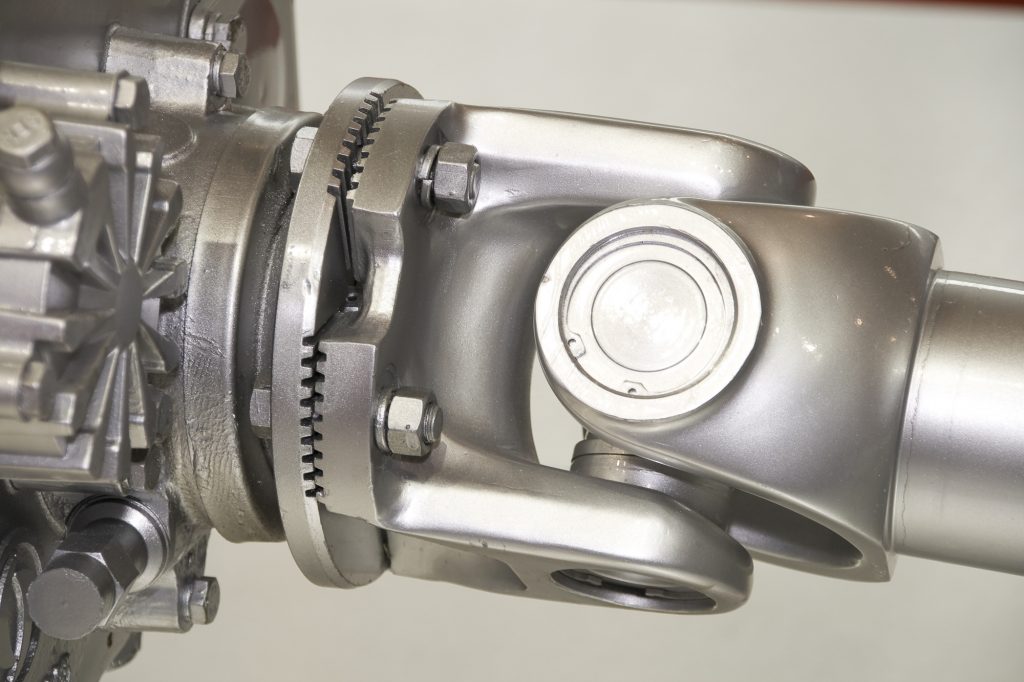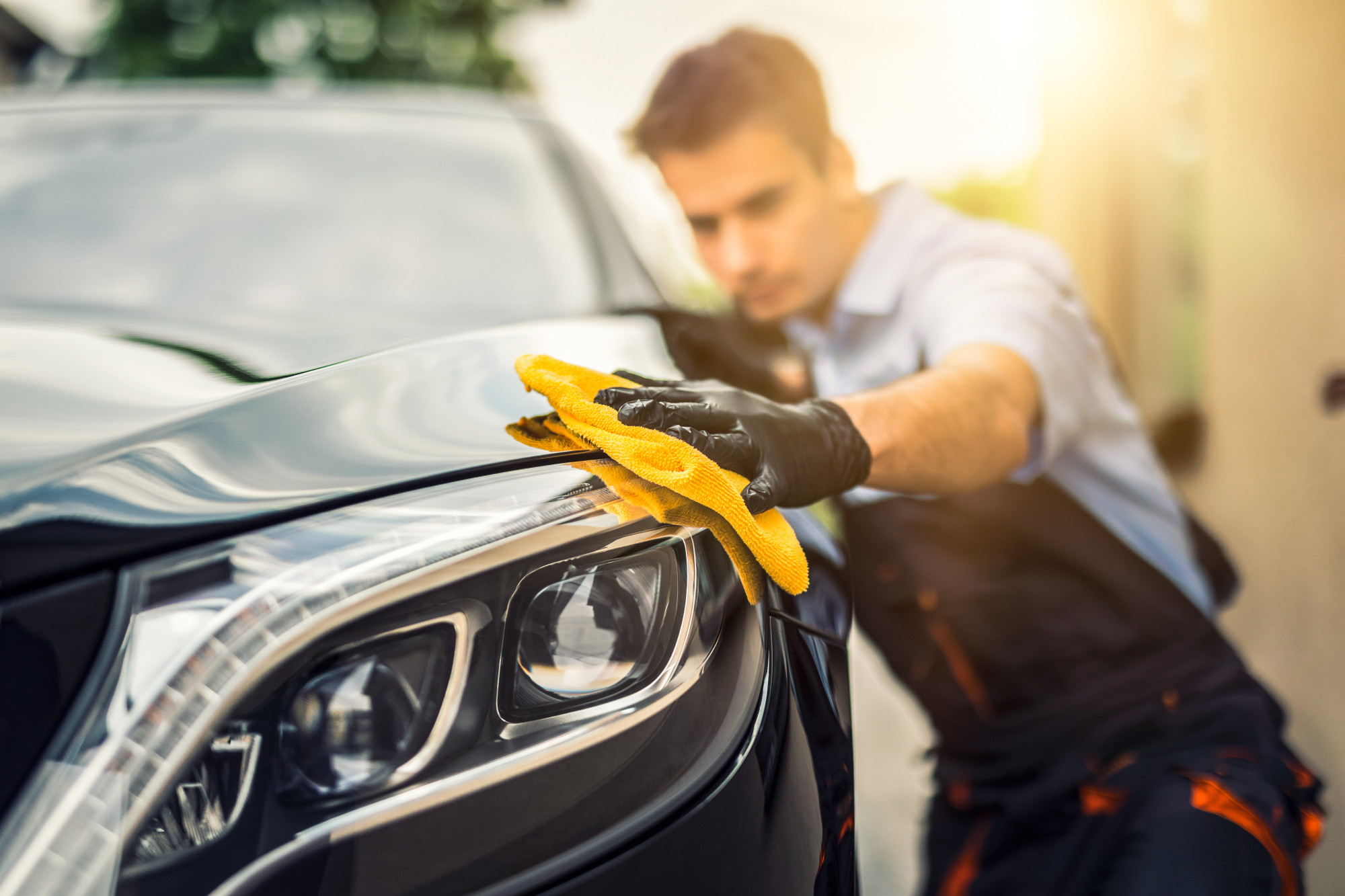
The average household in the U.S. owns 1.9 vehicles and spends approximately 1.5 percent of its total yearly income on vehicle repairs. The total amount spent depends on the type of vehicle in question and how often you drive it.
While there is a myriad of issues that can occur resulting in the need for auto repairs, one that is seen regularly is issues with the universal joint.
What is a Universal Joint?
A universal joint, or u-joint for short, is a component of the driveshaft assembly that is found on the majority of rear-wheel drive trucks, SUVs, off-road vehicles, and four-wheel drive trucks. The U-joint is found in pairs on the driveshaft.
Its job is to compensate for any height misalignment between the vehicle’s rear axle and the transmission while transferring the power needed to make the vehicle move. This design lets both ends of the driveshaft, and the universal joint bend with every rotation to compensate for the misalignment.
Unfortunately, if the misalignment becomes excessive or another issue occurs, the U-joint may no longer work properly. Some of the signs of a failing U-joint can be found here.
Keep in mind, when you catch a problem early, you can avoid the need for emergency repairs.
1. A Loss of Lubrication
The bearing part of the U-joint will twist and turn with every joint rotation. The bearing parts are always fitted with the proper amount of oil or grease lubrication before leaving the factory.
The lubricant helps to avoid metal-to-metal contact in the bearings, and it helps prevent overheating. After continuous use, the grease lubricant present inside of the bearing may be pushed out or evaporate. This leaves the U-joint without the needed lubrication.
If this issue occurs, you are likely going to hear a slight squeaky sound while driving down the road. If you exceed speeds of 10 to 15 mph, the squeaking may not be audible.
This squeak is your only warning sign – don’t ignore it. If lubricant isn’t added (and the right type of lubricant used), you may have to replace the entire bearing.
2. Clunk and Ringing Sound when Shifting from Drive to Reverse
This type of noise is an indication that the bearings in the universal joints have too much clearance, allowing the driveshaft to rotate, then come to a hard stop, when the power is reversed. This is often the next issue that occurs after the lubrication problem mentioned above.
While seeking service or even adding lubricant to the U-joint bearings aren’t going to reverse the damage, they can extend the U-joint’s life slightly.
3. The Vehicle’s Unable to Move
You have likely seen this before – a truck sitting on the side of the road, the drive shaft laying beneath it. It’s clearly no longer attached to the rear axle or transmission.
This is referred to as the “ultimate failure” for the universal joint. At this point, just repairing the universal joint won’t be enough. You will have to replace the entire driveshaft.
Don’t Wait to Call for Universal Joint Repair
As you can see, there are more than a few issues that let you know when your vehicle’s universal joint needs repairs. The key is to take action so the issue doesn’t get worse.
If you have more questions about your vehicle’s U-joints, or another component that isn’t operating properly, we can help. We offer auto repair manuals for virtually every make and model of vehicle on the road today.




